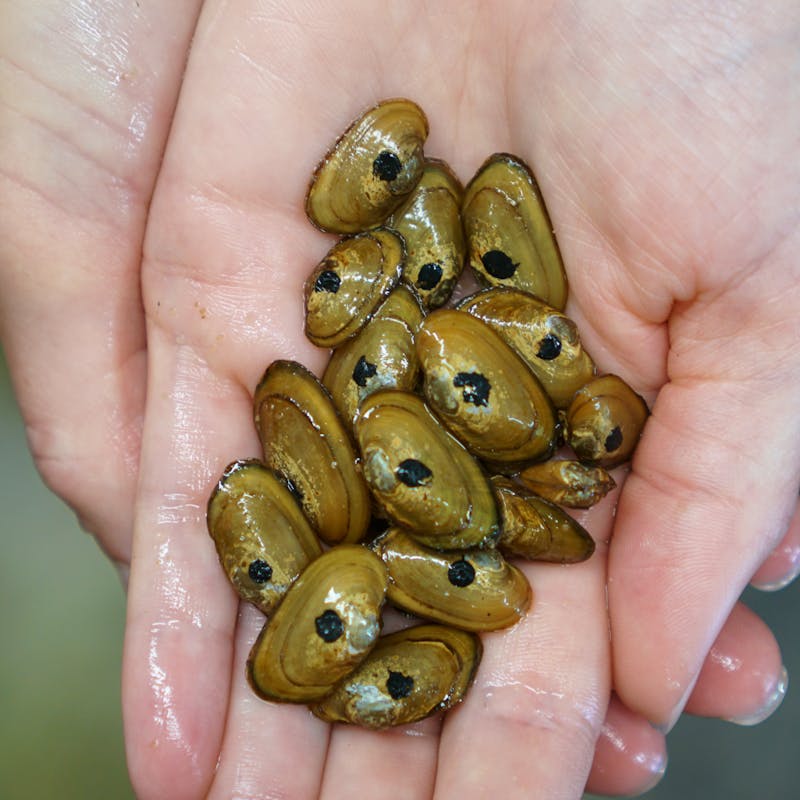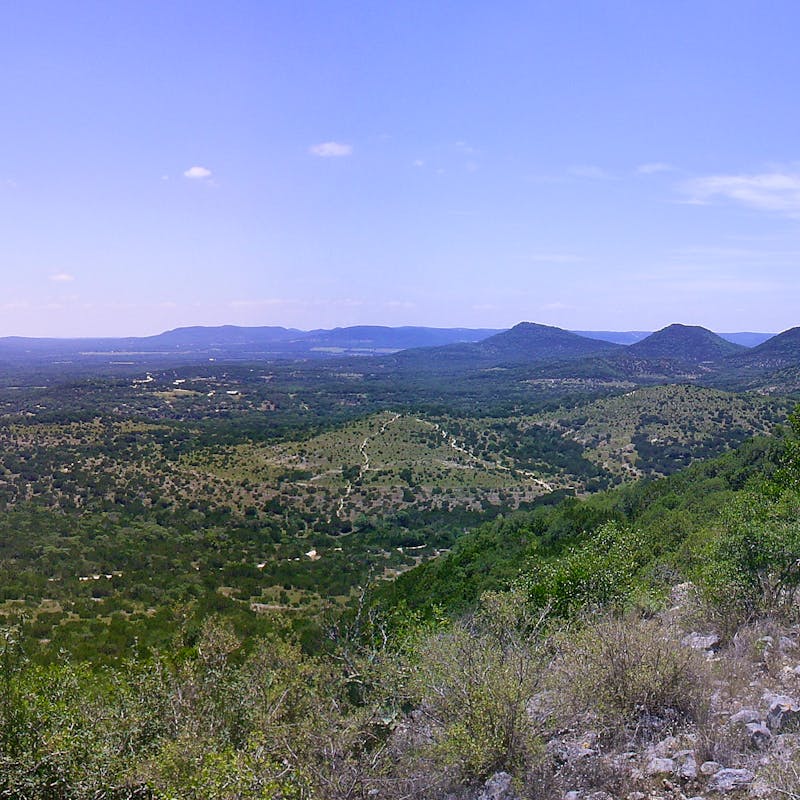Misunderstood, Yes. Southern Treasures, Absolutely.
They lurk at the bottom of streams and rivers. Hiding under and among rocks, luring unsuspecting fish. Some are slimy, some are hard and most you probably have never seen in the wild. You may think you know what animals we are talking about – and you may – but most likely not. So test your weird animal knowledge, pick up a new fun fact and get to know these largely misunderstood but massively important animals.
Slimy Salamanders
The largest salamander in North America is sometimes called the snot otter. Hellbenders, as they are more commonly known, secrete mucus through their skin when threatened. Biologists are unsure if the mucus just helps these salamanders flee or if it also tastes bad to predators and therefore acts as a deterrent.
We do know hellbenders are not the only salamanders to use secretion tactics.
Jordan’s salamanders (Plethodon jordani) will release a sticky noxious secretion from their tails that is harmful to avian predators. Sometimes, these salamanders are referred to as the red-cheeked salamander after their red, orange or yellow cheek patches. These brightly colored spots act as a warning to predators, which is known as aposematism. Unlike other aposematic animals – like poisonous frogs and monarch butterflies – Jordan’s salamanders are dully colored throughout the rest of their bodies.
Think Pink
We can’t talk about weird salamanders without mentioning these fully aquatic animals. Think pink with external gills. If you’re imagining an axolotl, you wouldn’t be terribly far off in terms of looks, but the salamanders we’re exploring are found in the United States (axolotls are only found in Mexico).
Texas blind salamanders (Eurycea rathbuni) have external red gills, slender limbs, a broad head and are transparent-pale in color. Most notably, they lack eyes. Because they live in deep, dark aquifers with little environmental variation, they have evolved to exhibit reduced pigmentation and loss of functional eyes. This extreme specialization also limits their ability to disperse or adapt to changing conditions, making them particularly vulnerable to habitat degradation and water quality declines.
One might think their blindness would cause them trouble getting around, but it does not. Instead, they sense waves or changes in water pressure to navigate their limestone cave homes and find prey. In fact, Texas blind salamanders are top predators in the Edwards Aquifer of Central Texas. They hunt amphipods, blind shrimp, small snails and other invertebrates by moving their heads from side to side and sensing water pressure waves created by prey in the still underground waters.
Wait… Blind?
Texas blind salamanders aren’t the only blind residents of the Edwards Aquifer. Deep beneath the surface of Texas, in the pitch-black chambers of ancient aquifers, two extraordinary species of cave-dwelling catfish silently glide through underground water. In fact, these rare, mysterious creatures are found only in Texas.
Like the Texas blind salamander, they have adapted to word without light and, over time, lost their eyes entirely. The lack of light also affects their coloration, since skin pigmentation serves as protection from ultraviolet radiation. These fish’s skins look translucent and can often be described as pinkish from the blood veins.
And when we say they swim in total darkness, think 2,000 feet below the surface! That’s where the Mexican blindcat (Prietella phreatophila) dwells at least.
The Mexican blindcat was once thought to only occur in northern Mexican state of Coahuila, but in 2015 it was discovered state side of the Texas-Mexico border in the Edwards-Trinity Aquifer. This aquifer underlines the Rio Grande basin in Texas and Coahuila. The new blindcat finding gave weight to a theory that water-filled caves below the Rio Grande may connect the Texas and Mexico portions of the aquifer, which is the lifeblood of human populations.
Bait and Release
If slimy salamanders and blind fish weren’t weird enough, then you’ve swum to the right depths of this blog. Here lies an animal who spends most of its life lying in wait. The wavy-rayed lampmussel waits for a small or largemouth bass to swim by and bite a lure it extends which mimics the bass’ prey. Then, SNAP! The mussel releases its babies into the fish’s mouth where they are drawn through its gills and the fish swims away.
We promise, no fish die at the end of this blog. They just carry the baby mussels, usually in their gills, until the mussels drop off and live at the bottom of the stream on their own.
This is one way for otherwise immobile freshwater mussels to increase their population throughout the waterway. If the current only carried the larvae, all mussels would land downstream. But using fish as hosts allows the larvae to spread in multiple directions and the host fish also provides nutrients for the baby mussels.
Wavy-rayed lampmussels can be identified by their beautiful blue-green wavy rays, for which they are named. While several mussels have rays, the color combination is unique to this species.
The Texas fawnsfoot takes things a step further. Where “no one gets hurt” is the strategy for most mussels, the fawnsfoot is thought to use a self-sacrificing reproductive strategy. Females pack their babies into a little bundle that looks like food. Think gusher or popping boba. When the fish takes the bait, the bundle pops open, and the baby mussels attach to the fish’s gills or fins.
May be weird, but should be treasured
A single freshwater mussel, like the Texas fatmucket, can filter anywhere between 8 to 15 gallons of water a day. Mussels help maintain clean water in rivers and streams as they filter feed, because they remove particles, bacteria and contaminants. Without them, water quality would deteriorate leading to increased sediment and harmful algae blooms, affecting other species and human water supply.
Each of the animals introduced serves a vital role in their environment. Their reliance on the environments where they are found and vulnerabilities make each great indicators of their habitat, including water quality. These animals often go unnoticed – hidden below the water's surface or tucked in among rocks, mud or sand – but each is a treasure to be protected and a true testament to there being more to something than what meets the eye.
















